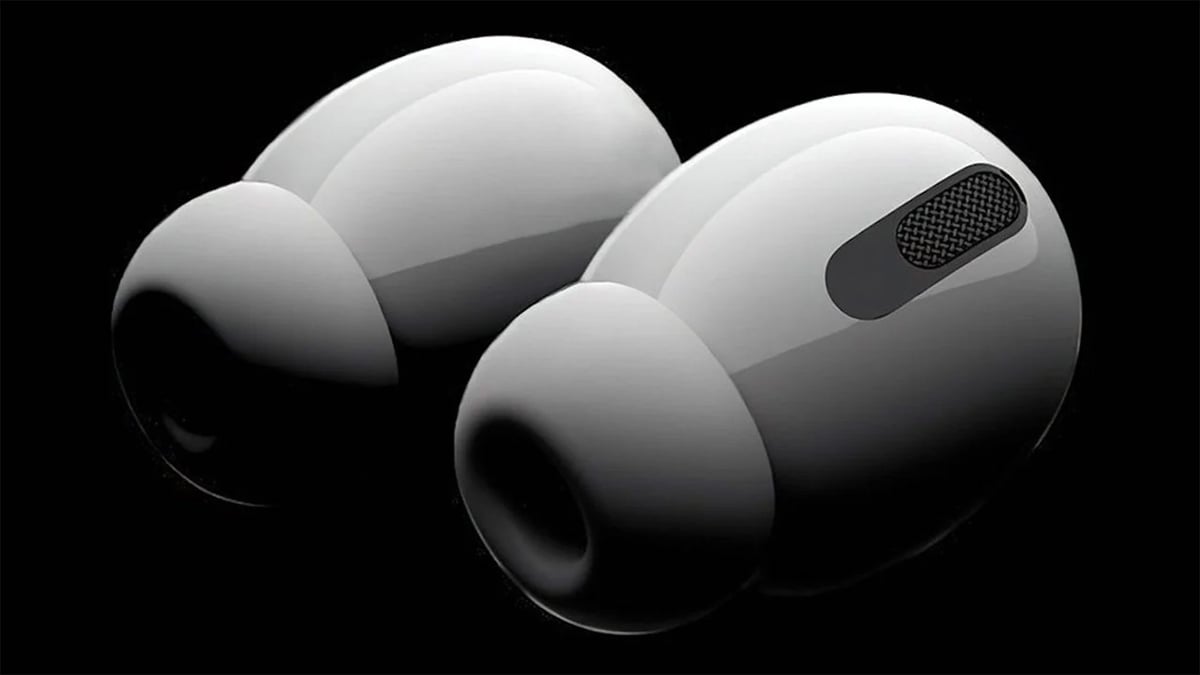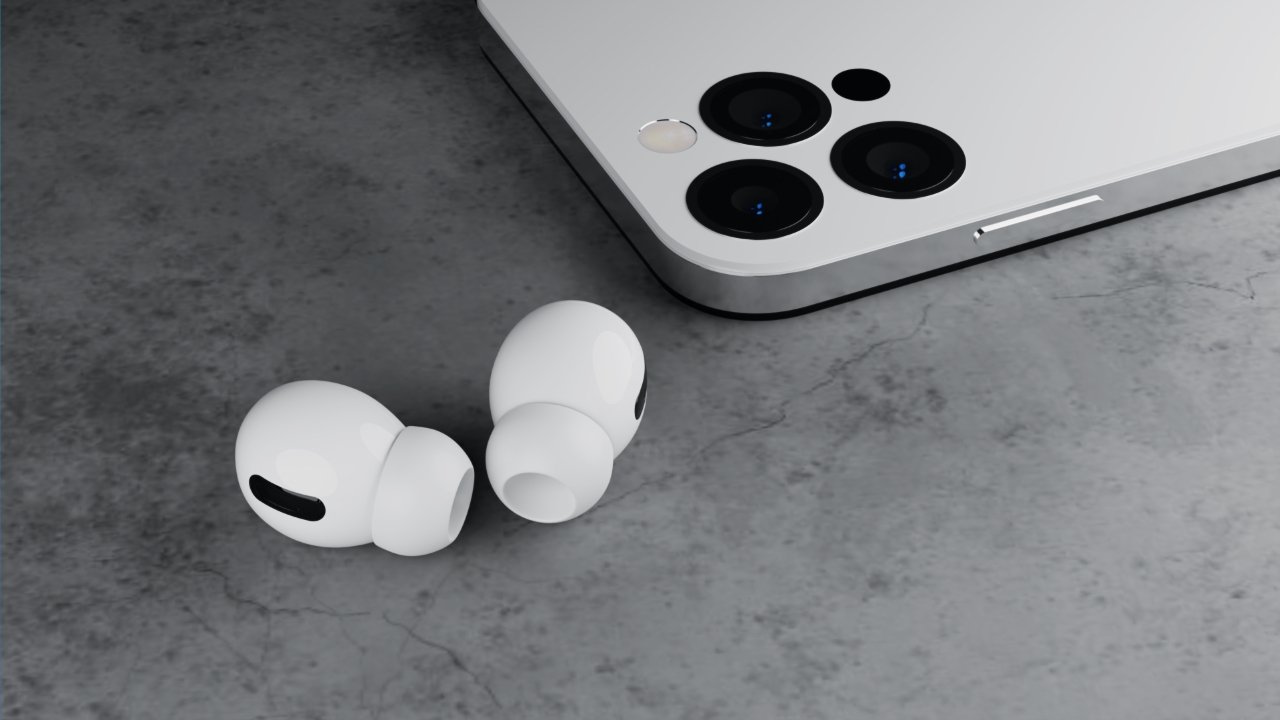A recent study conducted by researchers from the Taipei Veterans General Hospital and published in the journal iScience has validated Apple AirPods as something more than just a device to listen to music and block out unwanted environmental noise. Published this week, the study looking into the validity of using commercial earbuds as hearing aid alternatives has reported its findings, indicating a device like the Apple Airpods Pro can perform just as well as medically-certified hearing aids.
Reported as a landmark finding for people suffering from hearing loss, given the high costs and social stigma often associated with such devices, the study may not seem significant for those without hearing loss but it’s an important move towards bringing tech and health closer together. After all, one of the major goals of modern technology is to improve lifestyle and make aspects of living easier.
For anyone suffering from hearing loss, it adds another big use case for the Apple Airpods Pro and also ups the standard for other tech brands to achieve similar results. The results indicate that, at least in some situations, Apple Airpods Pro can work just as well as pricier prescription-only models when acting as a personal sound amplification product (PSAPs).
That commercial earbuds can also offer hearing compensation and greater accessibility is not just a big tick for Apple’s flagship true wireless earbuds but also a win for the tech category in general. It’s been a competitive one as of late, with standout entries from not just Apple but also Sony, Sennheiser, Bose, Samsung and JBL.

And yet the Apple Airpods Pro are the only earbuds to be validated by such a study so far, with researchers examining the electroacoustic features of hearing aids and selected smartphone-bundled earphones – specifically AirPods. Performances for both types of devices were compared among adults with mild-to-moderate hearing loss when aided with each hearing assistive device.
The Apple AirPods Pro met four of five PSAP standards. No other smartphone-bundled earphones tested led to the same result but as the study says, more research is needed to investigate the safety and feasibility of using earphones bundled with other smartphones as PSAPs.
Of course, as with all studies like this, you should also look at the study itself before you extrapolate results to a wider population. The sample size was very small with just 21 people aged between 26 and 60 years old. It was also conducted in a lab setting with just a single source of sound.
Despite that, the results warrant further investigation considering the number of people who already have access to Apple products like iPhones and AirPods, both of which have features that can enhance sound.
The results also have a profound implication of value, favouring Apple. There were two hearing aids tested in the study, one being the US$1,500 (~$2,224) Bernafon MD1 and the other being the very expensive US$10,000 (~AU$14,832) OTICON Opn 1. Medically certified hearing aids are expensive, whereas the Apple AirPods Pro currently retail in Australia for around $320.
In the study, the AirPods Pro would react to a noisy environment by bringing its performance within the range of the OTICON device. Although this only happened if the noises came from the sides, which of course feeds the waves directly into the earbuds. If the noise is coming from the front, the AirPods Pro doesn’t perform too well.
Last year, an article published in the Wall Street Journal suggested Apple was considering positioning the AirPods Pro as a health device to better align with the Apple Watch. This study obviously gives plenty of credence to that desire, which may also, fortunately, see Apple further its efforts in building health features into its earphones. The same WSJ report indicates Apple eventually wants to include an in-ear thermometer and posture warnings with the AirPods Pro – a potentially massive next step in technology and one I’d hope other brands cotton onto as well.
[UPDATE 01/12/2022]: Do note, however, that the study this article is based on was very particular about context. When certain noise was introduced, for example, the prescription hearing aids performed better than the AirPods Pro. Variables matter here, so it isn’t quite as conclusive as it would appear. Rather, it’s just evidence that shows that AirPods Pro, in specific situations, can act as a viable alternative to an FDA-approved hearing aid.
It’s best to consult your healthcare provider if you do in fact need a hearing aid and are seriously considering the AirPods Pro as an alternative.
RELATED: AirPods Pro 2: Details Announced For Apple’s New Flagship Wireless Earbuds
How To Use Your AirPods Pro As A Hearing Aid
You can see how this whole thing works for yourself if you own a pair of Apple AirPods Pro. The hardware’s sound amplification potential is possible because of Transparency Mode and how well this has been tweaked over the years.
Essentially, Transparency Mode uses the hardware’s microphones to tune environmental noise to match if with your personal hearing needs. You’ll need to use the app to tweak how loud the sound is, which in other words means you are amplifying your surroundings in a similar way a hearing aid would work.
You can also theoretically use your iPhone or iPad in a similar way, just a bit differently. There’s a feature called Live Listen that you can find in Settings, which can amplify your surroundings like a microphone and send the transformed audio to your AirPods, AirPods Pro, AirPods Max or Powerbeats Pro. This should help you hear conversations in noisier settings. Either ones that you were meant to hear – or ones that you weren’t.
To engage that setting is simple, really. Follow this:
Settings -> Control Centre > under More Controls you’ll find ‘Hearing,’ tap the green + sign to add this feature to Control Centre.
Next go to your home screen and swipe to bring up the Control Centre. You’ll see the Hearing symbol here next to where you’d usually toggle your Flashlight or Screen Recording.
You can do two things here. First, you can have your iPhone play ambient background noises like a stream, rain or dark noise to aid anyone with sleeping problems. Second, you can turn on the Live Listen feature by connecting a compatible device like the AirPods Pro. With that on, simply use your device as a microphone to hear whatever’s around you more clearly. Including your co-workers.
You can currently get the Apple AirPods 2 for $319 in Australia.
















